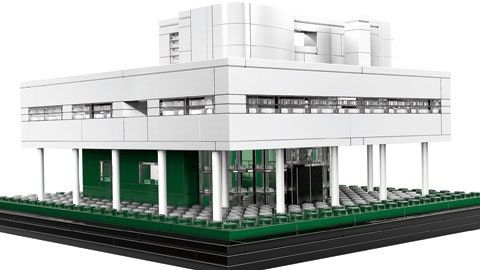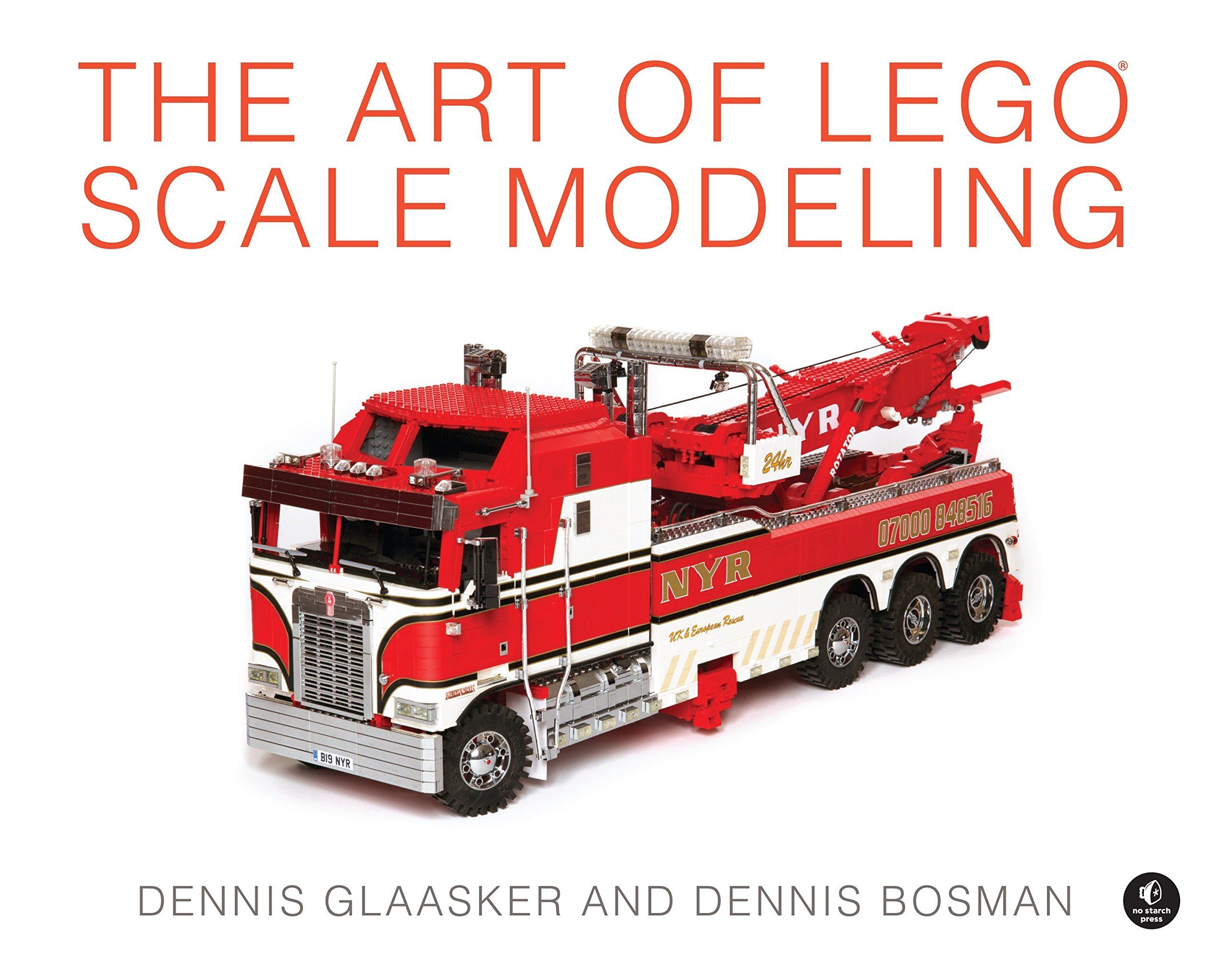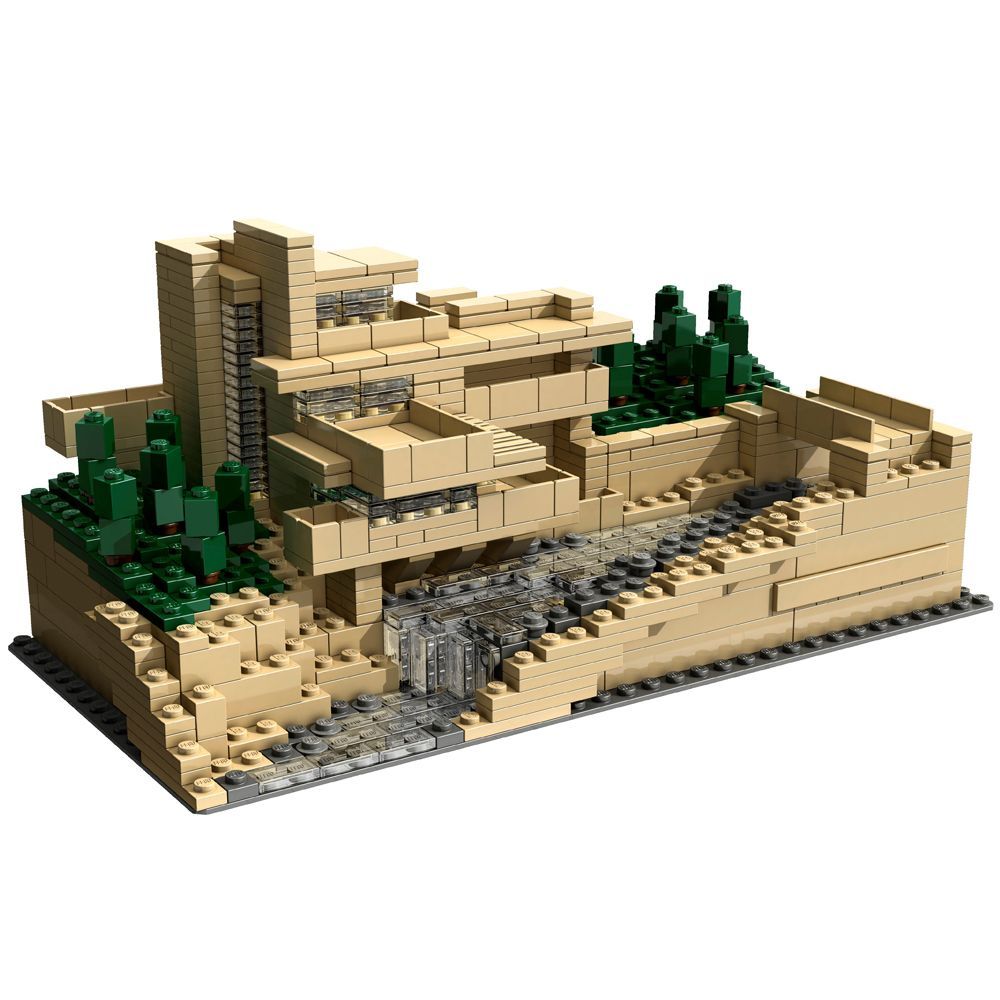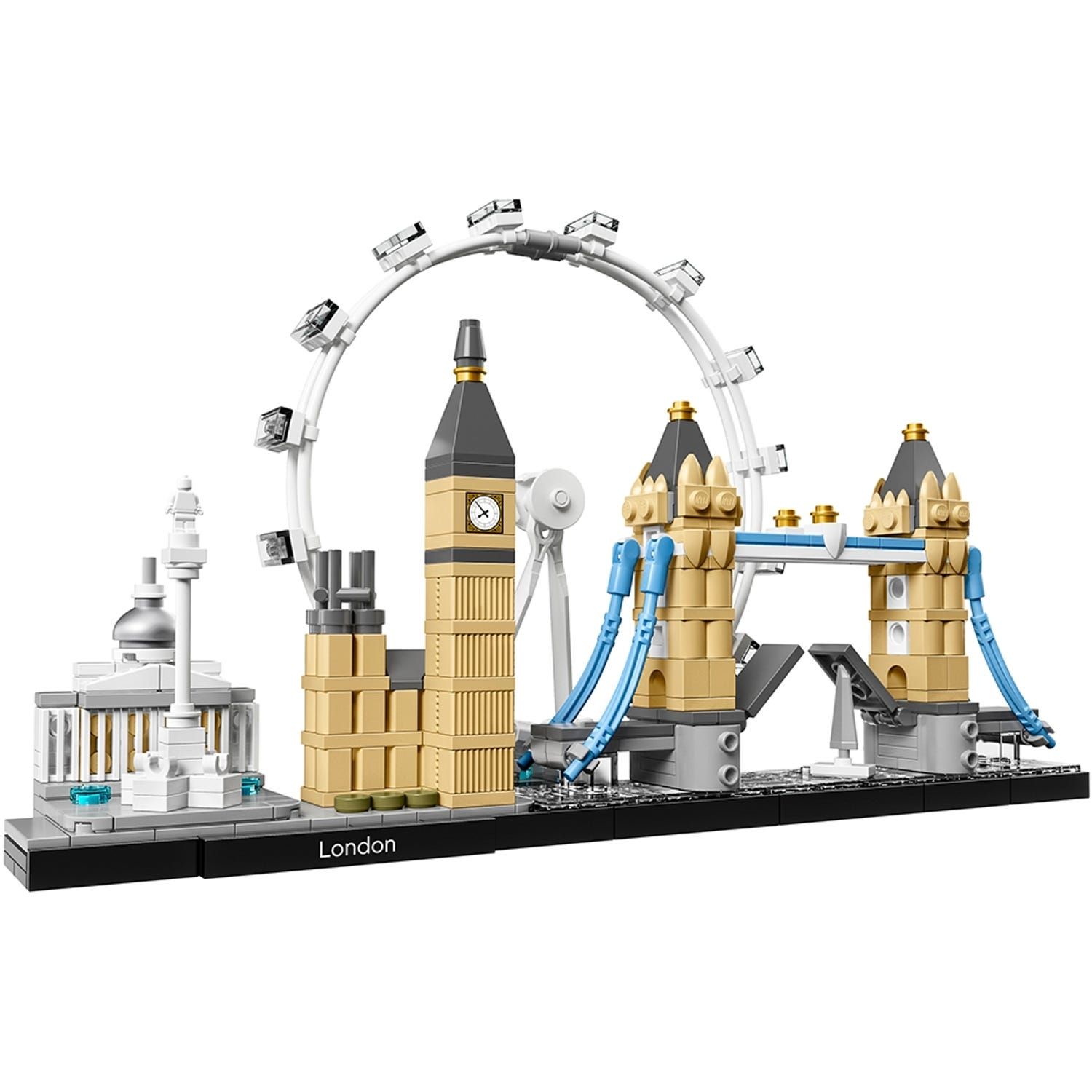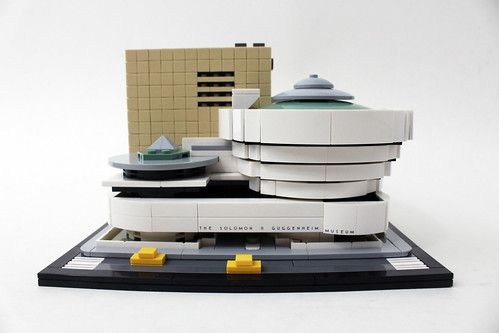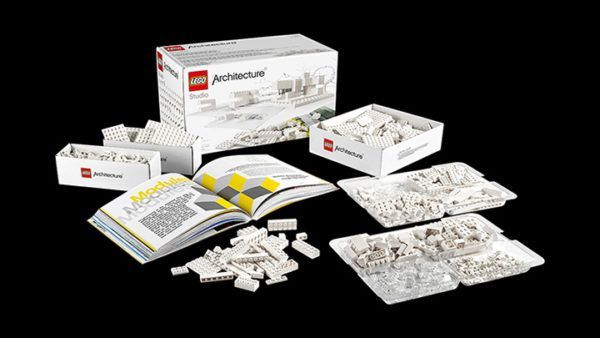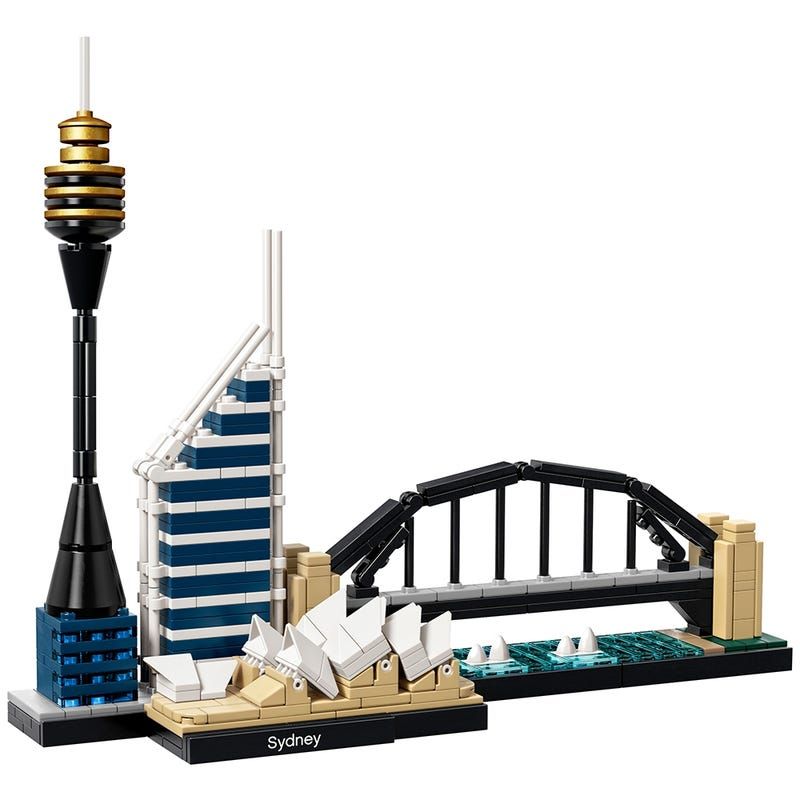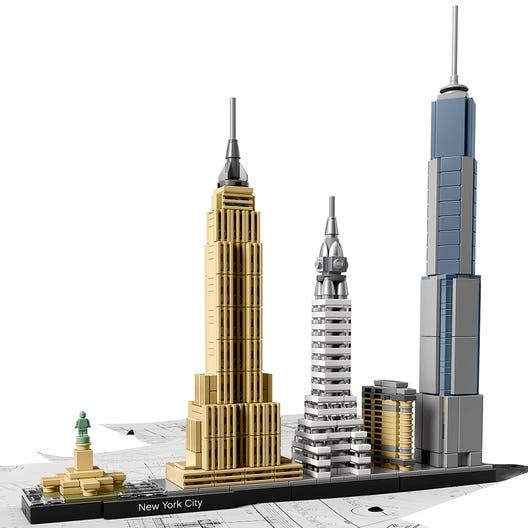What is Lego Architecture? Here Is the Complete Story
Who doesn’t know about Lego? You have probably built one or two or a hundred models from these plastic interlocking blocks as a kid (and maybe not just as a kid). The manufacturers of these toy blocks have targeted “learning and development through play”, and we can safely assume that they have achieved more than what they had bargained for. After 66 years from its kick-start in Billund, Denmark, LEGO managed to become the world’s most powerful brand.
Now, Lego does not only stand for the toy construction set but also for movies, books, children’s clothing, video games, and Lego bricks can be used to cover holes in crumbling walls and edifices. However, the product range that intrigues us the most as architects is none other than the, relatively, recent Lego Architecture.
Origins of Lego Architecture
The Lego sub-brand has presented us, since 2008, with 32 models of world-famous landmarks from different eras, like the Villa Savoye, the Big Ben, and the Leaning Tower of Pisa. The idea for the new line was naturally inspired by the initial purpose of these blocks as a toy construction set. Lego Architecture, though, was not the brand’s first product range to deal with architecture.
In 1961, Lego introduced the product range “Scale Model” to cope with the people’s rising interest in designing their own homes back at the time. Almost 50 years later, Adam Reed Tucker, an artist with a degree in architecture from Kansas State University, proposed to bring back this combination of architecture and play but in a different manner. Tucker’s earliest Lego Architecture models were for skyscrapers from his hometown Chicago, and that is how it all started.
Series of Lego Architecture
The first six construction sets from the range were released in 2009, as part of two series: the Landmark Series and the Architecture Series. The Landmark Series included models of four US skyscrapers: Sears Tower and John Hancock Center in Chicago, the Space Needle in Seattle, and the Empire State Building in New York City, while the Architecture Series included models of Frank Lloyd Wright’s two masterpieces: the Solomon R. Guggenheim Museum and Fallingwater.
[irp posts=’196713′]
In 2011, Lego Architecture crossed the borders of the US and went global with the release of the Burj Khalifa set and, then, Berlin’s Brandenburg Gate set, as part of the Landmark Series. The Architect’s series went global in 2012 with the release of the Lego model for the famous Sydney Opera House.
In 2016, a new series was added to Lego Architecture, titled “Skyline”. The series recreates the skylines of cities by presenting a group of miniature Lego models for the outstanding landmarks per each. Models for the skylines of Venice, Berlin, and New York were released in 2016, while Sydney, Chicago, and London have gotten their own models recently, in 2017.
Which Lego architecture has the most pieces? Models and Number of Pieces:
The number of the pieces for each construction set ranges according to the level of details. The model with the most pieces, so far, reaching up to 2,276, is that of Frank Lloyd Wright’s Robie House in Chicago, released in 2011. Buildings like the Solomon R. Guggenheim Museum and Burj Khalifa were released twice, with the second editions carrying higher levels of details and so more pieces. The number of pieces for the new Guggenheim Museum model, released this year, is more than triple the number of pieces of the older version from 2009.
Lego Architecture Studio
In 2013, Lego released the Lego Architecture “Studio” which is a product that does not belong to any of the series mentioned above. The Studio set comprises 1,210 white and transparent Lego Bricks. These bricks come with a book of 272 pages which do not typically provide instructions and steps, but general tips, exercises, and design techniques instead. The tips and techniques are supplied by architects from world-famous architectural firms like Sou Fujimoto Architects, SOM, MAD Architects, Safdie Architects, REX Architecture, and Tham & Videgård Arkitekter. The lack of Lego’s famous color palette from this product makes it arguably adult-oriented. Also, the wide range of forms and sizes of the blocks makes gives room for creativity and innovation with minimal restrictions.
Lego Architecture Online
Lego Architecture does not just offer building kits for iconic buildings but a lot more than that; some of which you can find on Lego’s website and acquire for free. For example, you can find free downloadable booklets, in multiple languages, for each of these buildings. The booklet includes the history of the building, information about the architect, as well as some interesting facts and statements. There are also downloadable black and white posters for the building models, which you can print and color.
The website, also, has an “Explore” section with maps of the cities which are featured in the Skyline Series. You can click on whichever city you like and a map will show, revealing the locations of the Lego Architecture buildings over there. If you click on one of these buildings, a pop-up window shows up with an image and brief information about the building, in addition to a link to the corresponding Lego model.
So, there is probably all you need to know about Lego’s new sub-brand for architects and architecture fans.
Tags: Architectural ModelsArchitecture ModelAuditoriumBerlinBIGBIG ArchitectsBIG-Bjarke IngelsFSLegoLego Architecture
Yosra is an architect, writer, and teacher. She is always into learning something new. Her life motto is: "A jack of all trades is a master of none, but oftentimes better than a master of one.” One day she will travel the world and visit its architectural wonders. In the meanwhile, she contends herself with reading and writing about them.



